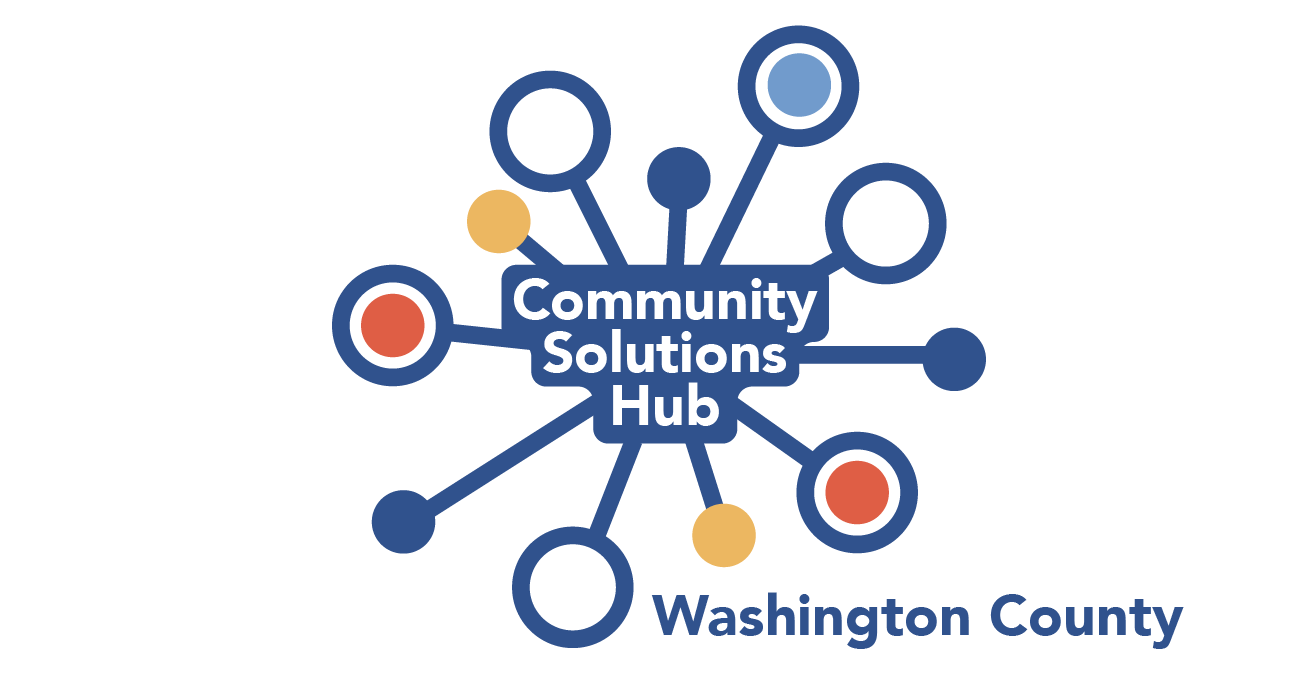Promising Practices
The Promising Practices database informs professionals and community members about documented approaches to improving community health and quality of life.
The ultimate goal is to support the systematic adoption, implementation, and evaluation of successful programs, practices, and policy changes. The database provides carefully reviewed, documented, and ranked practices that range from good ideas to evidence-based practices.
Learn more about the ranking methodology.
Filed under Evidence-Based Practice, Community / Social Environment, Teens
Goal: The goal of the TFCO program is to decrease problem behavior and to increase developmentally appropriate normative and prosocial behavior in children and adolescents who are in need of out-of-home placement.
Impact: When compared with the control group, TFCO youths spent 60% fewer days in incarceration, had significantly fewer subsequent arrests, and had significantly less hard-drug use.
Filed under Evidence-Based Practice, Community / Social Environment, Children, Families
Goal: Triple P aims to enhance the knowledge, skills, and confidence of parents to prevent behavioral, emotional, and developmental problems in children and prevent child maltreatment.
Impact: Triple P increased confidence in parenting ability and reduced the incidence of verified maltreatment among participants in the program.
Filed under Effective Practice, Economy / Housing & Homes, Urban
Goal: The goals of Uniting for Solutions Beyond Shelter are:
- To reduce street homelessness and the shelter population by two-thirds in five years.
- To eliminate chronic, or long-term, homelessness on City streets and shelters in five years.
The plan's objectives include initiatives to better serve individuals and families who are at-risk of homelessness or who become homeless, as well as ensure that the City and its citizens are maximizing public resources. The plan has nine points - encompassing 60 initiatives - that seek to:
- Overcome street homelessness
- Prevent homelessness
- Coordinate discharge planning
- Coordinate city services and benefits
- Minimize disruption to homeless families and children
- Minimize duration of homelessness
- Shift resources into preferred solutions
- Provide resources for vulnerable populations to access and afford housing
- Measure progress, evaluate success, and invest in continuous quality improvement.
Filed under Good Idea, Health / Health Care Access & Quality, Children, Teens, Adults, Women, Men, Older Adults, Families, Racial/Ethnic Minorities, Rural
Goal: The Unused Medications Repository, administered by Community Health Center of Southeast
Kansas, provides donated medications free of charge to eligible clinics in Kansas.
Impact: Over $20 million worth of prescription medications have been donated to low-income and uninsured Kansans.
Filed under Effective Practice, Education / School Environment, Children, Urban
Goal: The incomparable resources of these institutions offer a unique "urban advantage" to New York City students, and enhance middle schools' capacity to achieve science education goals. Student investigations at QBG and partner institutions lead to exciting questions that culminate in Exit Projects and give firsthand knowledge of how scientists work in various fields.
Filed under Good Idea, Health / Physical Activity, Children, Teens, Adults, Older Adults, Families, Racial/Ethnic Minorities, Urban
Goal: City Slicker Farms offers a range of educational programs through its Urban Farming Education initiative to enable individuals and communities to grow their own food.
Filed under Evidence-Based Practice, Health / Children's Health, Urban
Goal: The goal of the Urban Mold and Moisture Program is to reduce environmental mold, moisture, and asthma triggers in homes to improve pediatric respiratory health.
Filed under Good Idea, Community / Community & Business Resources, Children, Teens, Adults, Women, Men, Older Adults, Families, Racial/Ethnic Minorities
Goal: The mission of the Pasadena Community Gardens Conservancy is to improve family health in urban food desert neighborhoods through grants for community gardens and nutrition education.
Impact: Pasadena Community Gardens Conservancy partnered with the City of Pasadena to establish the Villa-Parke Community Center, where community members can learn about gardening, cooking, nutrition.

